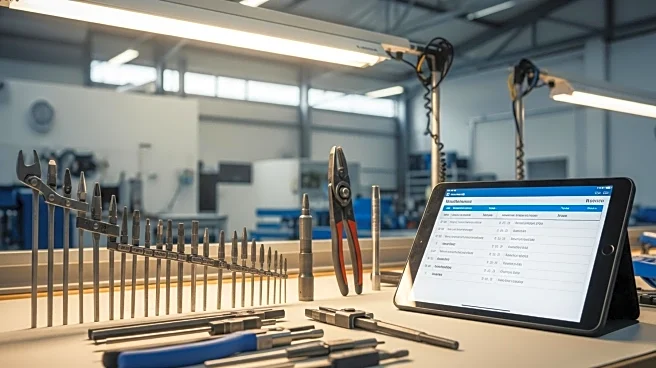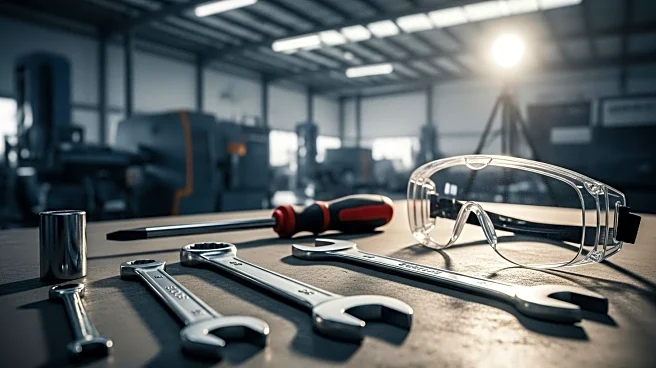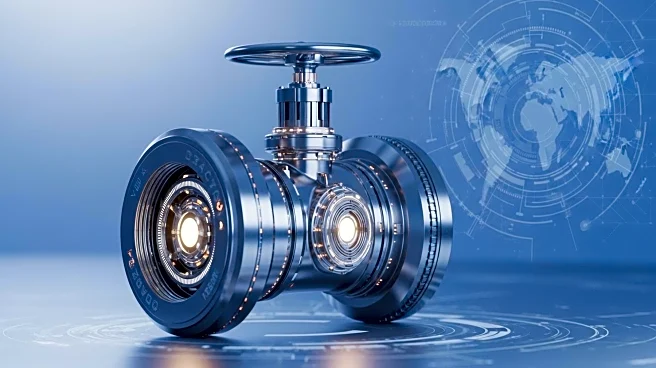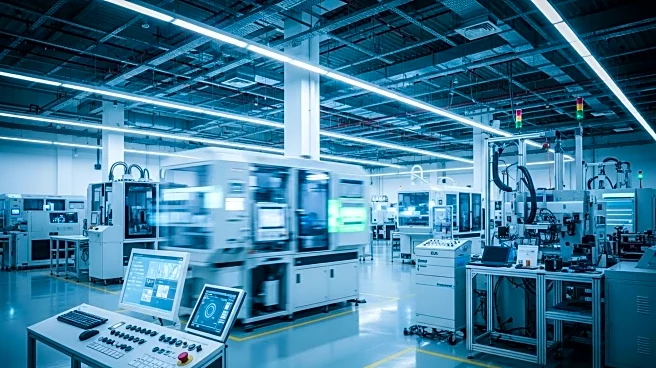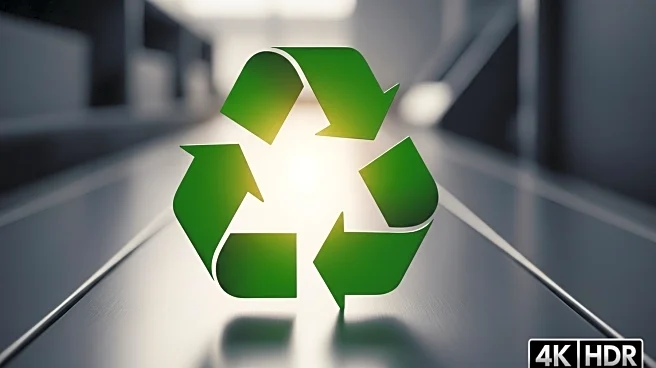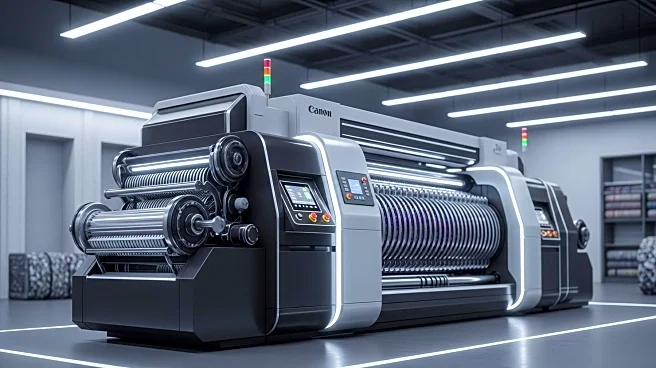What's Happening?
Manufacturers are increasingly focusing on maintenance, repair, and overhaul (MRO) as a strategic advantage rather than a mere cost-saving measure. MRO involves refurbishing and repairing equipment, which is faster, cheaper, and more sustainable than replacing parts. This approach is gaining traction due to supply chain instability, rising raw material costs, and the demand for greater sustainability. MRO supports the circular economy by extending asset lifespans, reducing waste, and cutting raw material demand. Despite its benefits, many manufacturers still treat MRO as a low priority, leading to costly breakdowns and lost competitiveness. However, with a shift in mindset, MRO can become a significant strength for manufacturers.
Why It's Important?
The adoption of MRO practices is crucial for manufacturers facing supply chain disruptions and rising costs. By refurbishing equipment, manufacturers can reduce downtime and avoid multimillion-dollar production losses. MRO also supports sustainability goals by reducing waste and raw material demand, aligning with environmental regulations. As industries face pressure to improve efficiency and sustainability, MRO offers a viable solution to maintain operations and competitiveness. The growing global MRO market, projected to reach $701.3 billion by 2030, highlights the increasing importance of these practices in manufacturing.
What's Next?
Manufacturers are expected to increasingly adopt predictive and proactive refurbishment strategies, utilizing IoT sensors and analytics to anticipate failures before they occur. This shift will transform MRO into a driver of innovation and supply chain resilience. As more manufacturers recognize the strategic value of MRO, investment in refurbishment technologies and processes is likely to grow, further enhancing operational efficiency and sustainability.
Beyond the Headlines
The shift towards MRO reflects broader trends in manufacturing, including the move towards a circular economy and the integration of technology for predictive maintenance. This approach not only saves costs but also contributes to environmental sustainability by reducing waste and extending the lifespan of machinery. As industries face increasing pressure to comply with environmental regulations, MRO offers a pathway to meet these demands while maintaining competitiveness.

